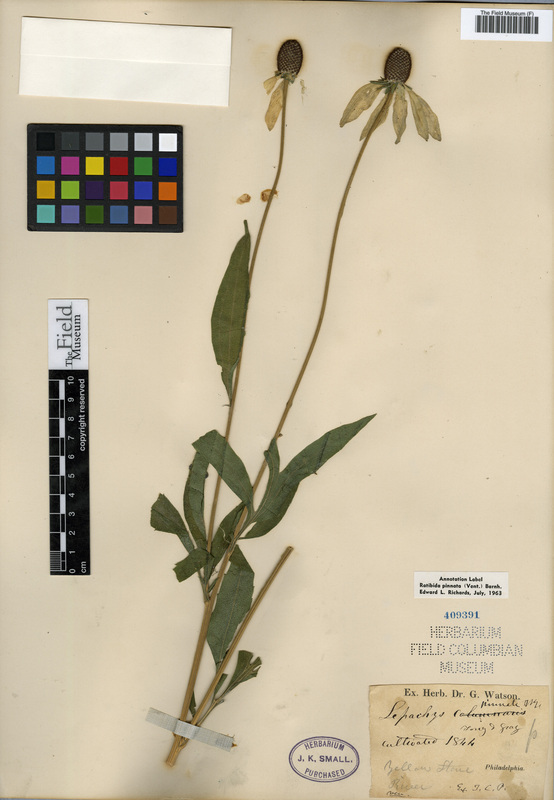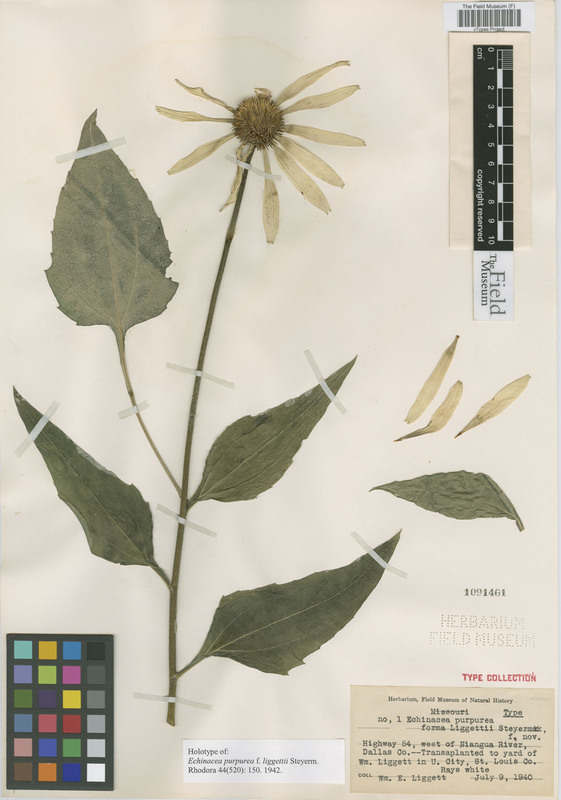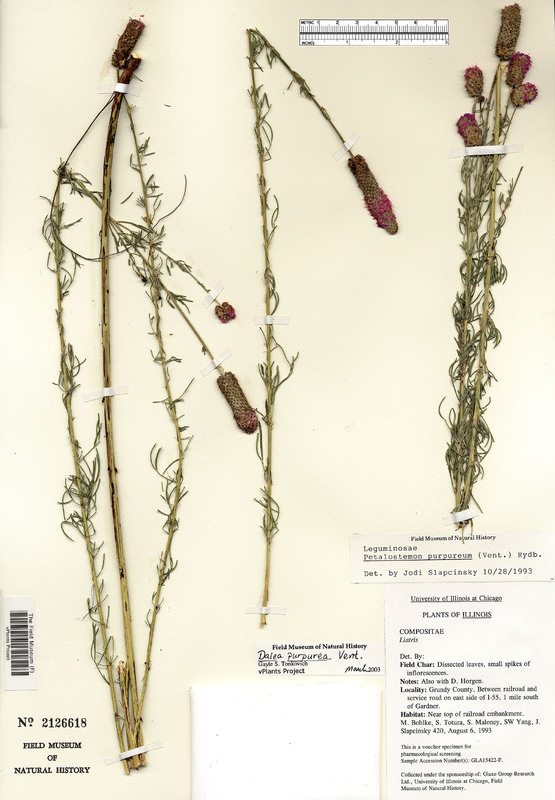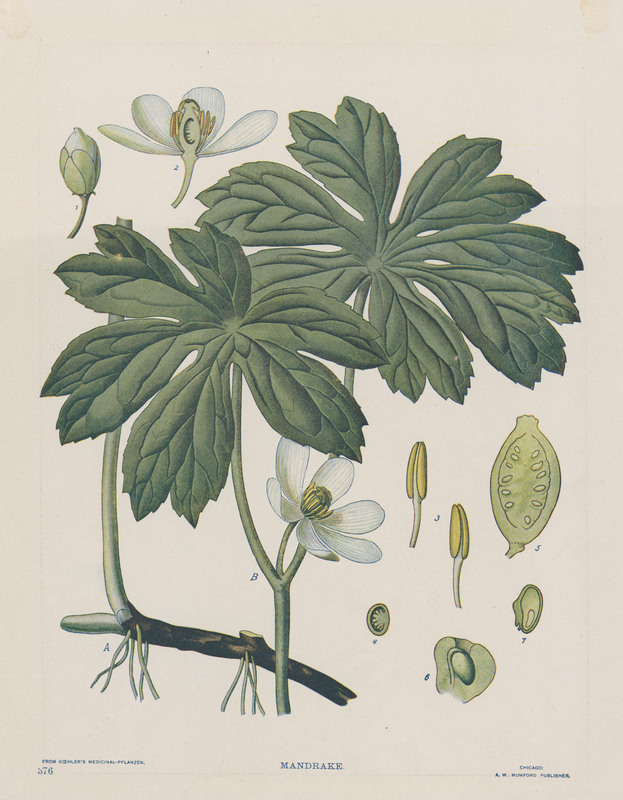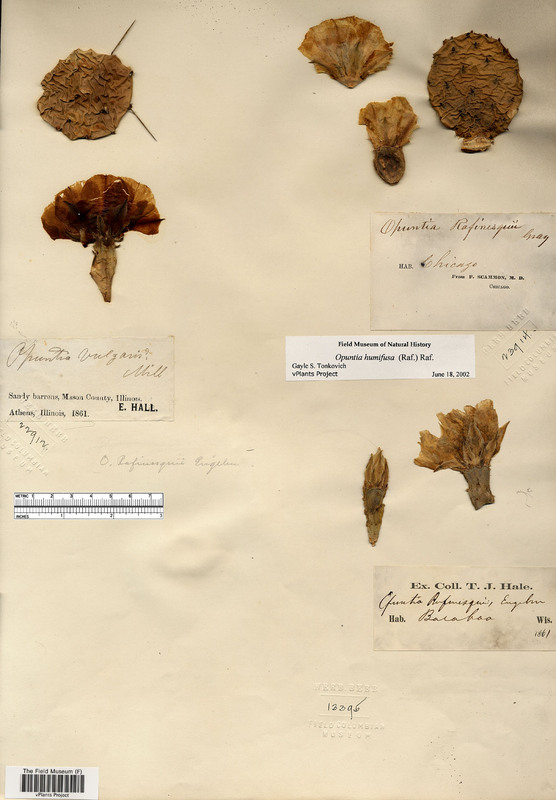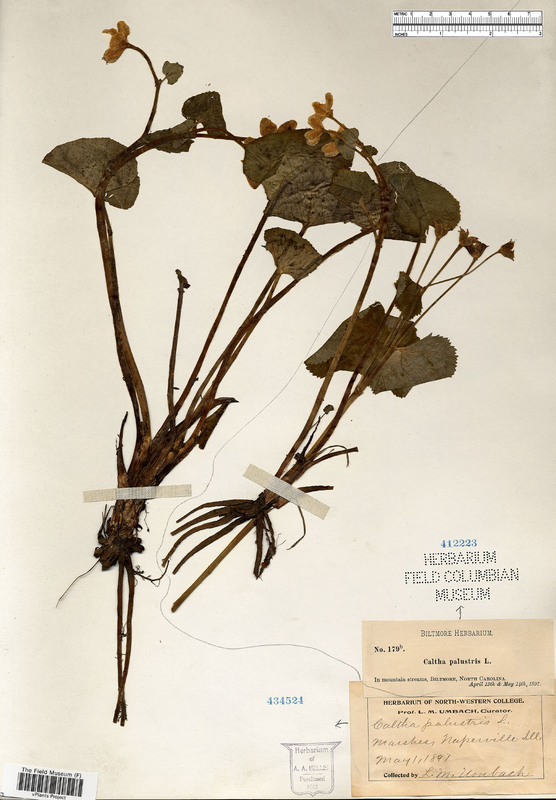Ancient and Contemporary Gardening
Soon after the emergence of the earliest civilizations, wealthier communities started to create gardens recreationally whether it be for aesthetic or medicinal purposes. A renowned example of the former is the Hanging Gardens of Babylon, which stood for about five hundred years after its supposed creation in 600 BCE. Outside of being one of the Seven Wonders of the Ancient World, it provides insight into the emerging stages of landscape design, additionally detailing its influence on the future generations of gardening. Although it may be mythical, the Gardens help illustrate the importance of gardening throughout time.
In the present day, yard gardening is still prevalent outside of cities, the exponential increase in urban development has significantly decreased the size of personal gardens. Due to the diminishing numbers of plants in these areas, there has been an upward trend of incorporating community gardens into urban environments. As opposed to earlier gardens that focused mainly on visual elements, urban gardens encompass agricultural practices and centers on the sustainability of local communities. This allows people to have more of an intimate connection to their food and to their surroundings, while fostering a sense of neighborly compassion.
Like agriculture, gardening has coevolved alongside humans in every corner of the planet.


